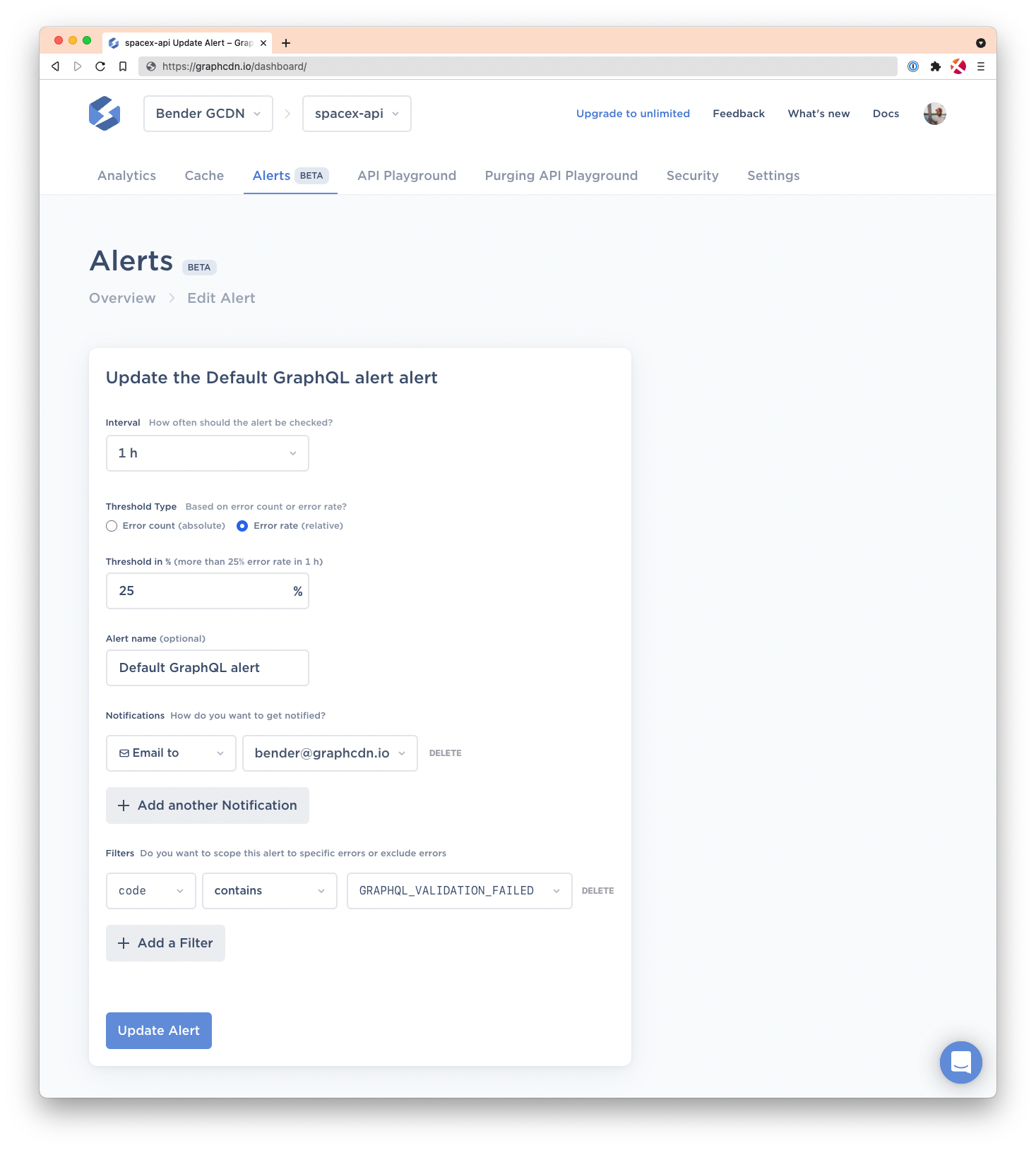Automatic Persisted Queries (APQ)
We recently shipped support for automatic persisted queries (or APQ for short), which can help drastically reduce the size of your GraphQL payloads sent from your clients to GraphCDN edge locations.
Here is an example request using the { __typename } query. The initial request would look like the following curl command:
curl -g -X POST -H "Content-Type: application/json" \
-d '{"query": "{__typename}", "extensions": {"persistedQuery": {"version":1, "sha256Hash": "ecf4edb46db40b5132295c0291d62fb65d6759a9eedfa4d5d612dd5ec54a6b38"}}}' \
https://spacex-api.graphcdn.appSubsequent requests for the same query would only need to use the hash of the operation, dropping the query key completely:
curl -g -X POST -H "Content-Type: application/json" \
-d '{"extensions": {"persistedQuery":{"version":1,"sha256Hash": "ecf4edb46db40b5132295c0291d62fb65d6759a9eedfa4d5d612dd5ec54a6b38"}}}' \
https://spacex-api.graphcdn.appThis example uses a quite small query, which doesn't show the full impact APQs can have. However, keep in mind that the query can be of arbitrary length, whereas the sha256 hash will always have a constant length.
You can read more about Automatic Persisted Queries on the Apollo Documentation at https://www.apollographql.com/docs/apollo-server/performance/apq/ (among other pages). And as with all our changes, we're always looking for your feedback. So let us know if you think we can improve support for APQs via support@graphcdn.io.






